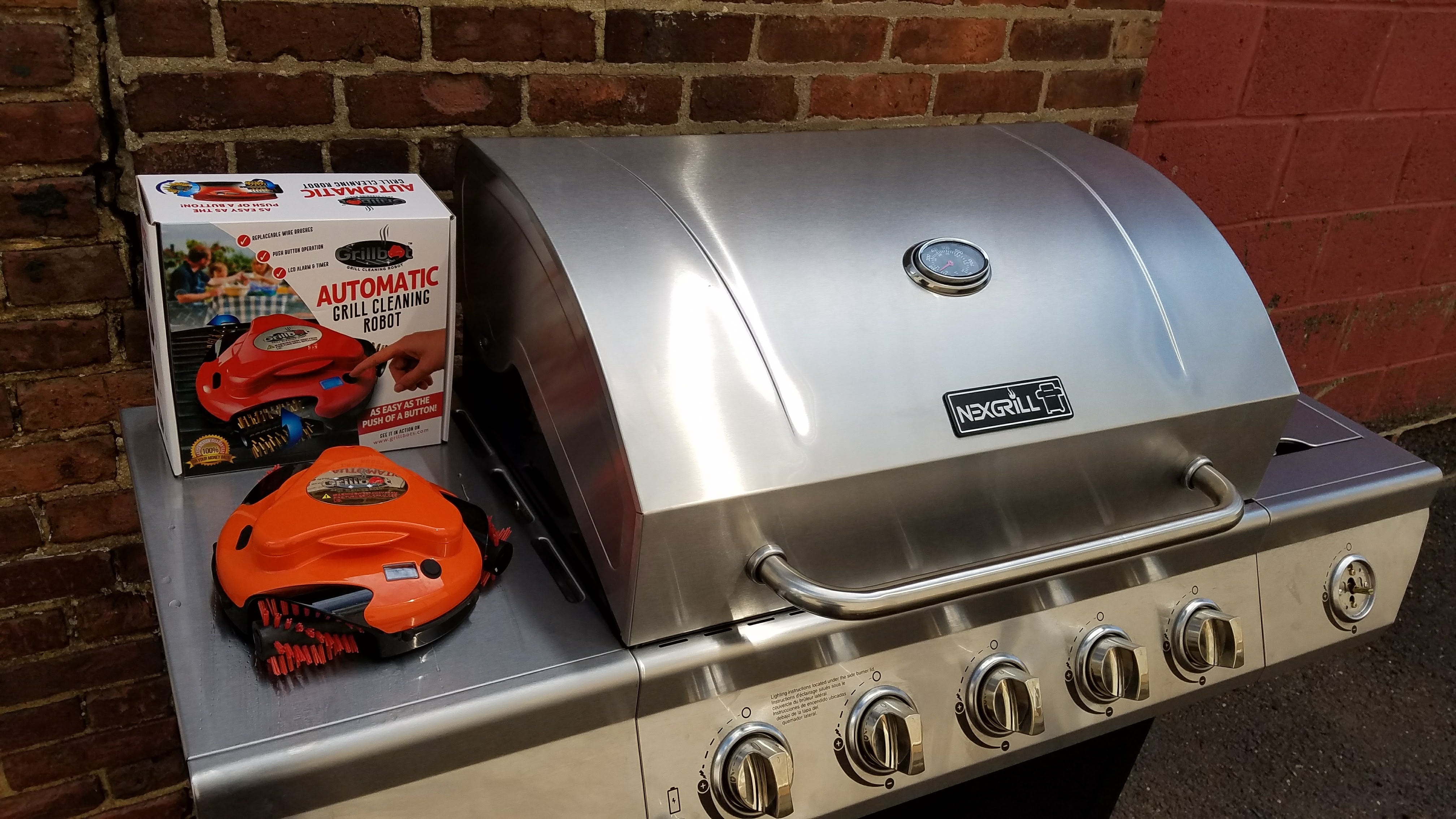It doesn't matter if you are using a gas or charcoal grill, unfortunately, the dangers of undercooked food are just as high for both. In this blog post we will discuss the different internal temperatures required for safe cooking and why it is important to follow these guidelines.
Why it is important to cook food properly
Undercooked food can cause illness. If food is not cooked properly, it means not enough heat has penetrated into the center. This means any bacteria present may still be alive and could make you sick. This can be particularly dangerous when it comes to poultry, pork and seafood because of bacteria like E.coli or Salmonella which are more likely to contaminate these types of foods during their preparation process.
The best way to avoid these risks is by cooking your meat properly so you can avoid any type of food poisoning. The FDA recommends a few different internal temperatures depending on the type of meat or fish that is being prepared. We recommend using a meat thermometer when grilling meat to check the internal temperature and will now go through each one so that you can grill and eat your food safely.
Internal Temperatures for Grilling
Poultry - 165 degrees F / 73.88 degrees C Fish - 145 degrees F / 62.77 degrees C
Ground Meat (beef, pork or lamb) - 160 degrees F / 71.11 degrees C
Beef Steak and Pork Chop- Medium Rare - 130 degrees F / 54.44 degrees C
Beef Steak and Pork Chop- Medium Well - 150 degrees F / 65.55 degrees C
Pork - 145 to 160 degrees F / 62.77 to 71.11 degrees C
This helpful Meat Internal Temperature Infographic has all of these temperatures in a handy chart.
Other Food Safety internal temperatures to know
You also need to cook eggs properly and heat up leftovers enough, so we've included those temperatures below:
Leftovers - 165 Degrees Fahrenheit for 15 seconds or until steaming hot,
Eggs - 145 degrees F / 62.77 degrees C
Cooking a ham, like you would at Christmas, is another time when you need to worry about internal temperatures. OK, this one and the two above aren't strictly for grilling but we thought we'd include them anyway as we want you to stay safe wherever you're cooking, whether it be on the grill or not.
Ham (raw) - 138-140 degrees F / 60 to 60.33 degrees C for a whole ham, then increase by 11 degrees F per pound of weight when cooking a half ham and 13 degrees F per pound of weight when cooking a whole boneless ham. Increase another 12 degrees F for hot smoked hams.
Grillbot can handle the heat! That's all the internal temperatures you need to remember for grilling as well as a few extras for cooking elsewhere. We also thought it would be worth pointing out that no matter what you've been cooking on the grill, Grillbot will be able to handle the cleaning afterwards as Grillbot is able to clean cold and hot grills alike at temperatures up to 250 degrees F. This heat resistance is on top of the three high-power electric motors that drive the grillbot's replaceable and dishwasher-safe cleaning brushes (customizable to your grill type), the sophisticated CPU that controls its movement and speed, a rechargeable Lithium Ion Battery, and many other fantastic features.





